Detailed Product Description:
Stay Protected with Our Premium Isolation Gowns
Our isolation gowns are engineered for maximum protection and comfort. Crafted from high-quality Tyvek material, these gowns offer exceptional barrier protection against a wide range of contaminants, including viruses, bacteria, and hazardous fluids.
Key Features:
- Lightweight and Breathable: Designed for all-day comfort without compromising protection.
- Durable: Resistant to tears and punctures, ensuring long-lasting performance.
- Fluid-Resistant: Provides an effective barrier against liquids and particles as small as 1 micron.
- Comfortable Fit: Ergonomic design allows for full range of motion.
- Sterilized: Each gown is gamma-irradiated for optimal sterility.
- Customizable: Available in various sizes to fit a wide range of individuals.
- Versatile: Suitable for a variety of applications, including healthcare, cleanrooms, pharmaceutical manufacturing, and industrial settings.
Why Choose Our Isolation Gowns?
- Superior Material: Our Tyvek material is soft, durable, and provides excellent barrier protection.
- Comfort: The lightweight design and breathable fabric ensure all-day comfort.
- Safety: Our gowns meet the highest industry standards for protection.
- Reliability: Our products are manufactured in a controlled environment and undergo rigorous quality testing.
Applications:
- Healthcare facilities
- Cleanrooms
- Pharmaceutical manufacturing
- Petrochemical industries
- Maintenance and repair facilities
- Paint shops
Order your isolation gowns today and experience the difference.
FAQ
Isolation gowns are typically made of nonwoven fabrics like polypropylene or Tyvek. These materials provide a barrier against fluids, particles, and microorganisms.
Surgical gowns are designed for use in operating rooms and provide a sterile barrier. Isolation gowns are used in a wider range of settings to protect against contamination and are not necessarily sterile.
There are specific procedures for donning and doffing isolation gowns to minimize the risk of contamination. It's essential to follow the guidelines provided by your healthcare facility or regulatory agency.
The frequency of gown changes depends on the level of contamination and the specific guidelines of your healthcare facility. Generally, gowns should be changed when visibly soiled or after each patient contact.
Most isolation gowns are designed for single use and are not reusable. However, reusable gowns may be available in some cases, but they require specific cleaning and sterilization procedures.
Level 1 isolation gowns provide basic fluid resistance, while level 2 gowns offer additional protection against more hazardous substances. The specific requirements for each level are defined by relevant standards.
Isolation gowns provide a barrier against many viruses, but their effectiveness can vary depending on the specific virus and the level of protection offered by the gown.
Isolation gowns should be disposed of in accordance with local regulations and healthcare facility protocols. They are typically considered biohazardous waste.
A gown typically covers the upper body, while a coverall is a full-body garment that covers the entire body, including the legs and feet.
Isolation gowns can be purchased from medical supply companies, online retailers, and directly from manufacturers. For bulk orders, it's advisable to contact suppliers directly or explore platforms like Made in Iran to connect with Iranian manufacturers. What is an isolation gown made of?
What is the difference between a surgical gown and an isolation gown?
How do I put on and take off an isolation gown properly?
How often should isolation gowns be changed?
Are isolation gowns reusable?
What is the difference between a level 1 and level 2 isolation gown?
Are isolation gowns effective against all viruses?
How do I dispose of an isolation gown safely?
What is the difference between a gown and a coverall?
Where can I buy isolation gowns in bulk?



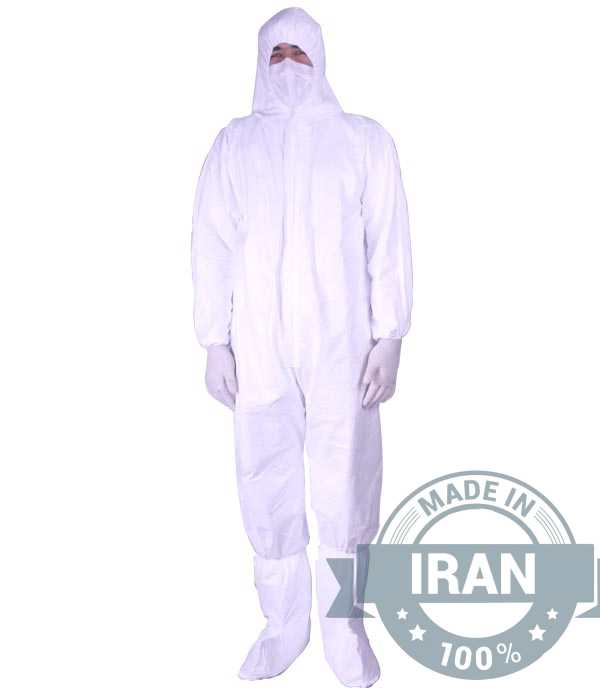


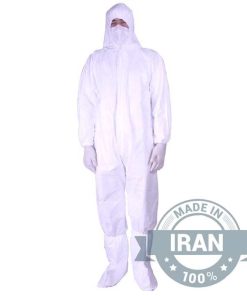
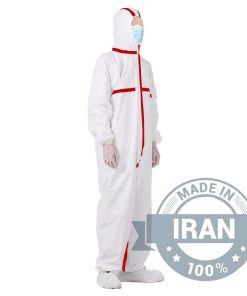

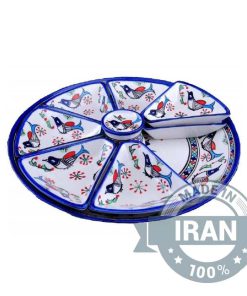

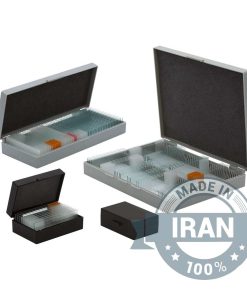
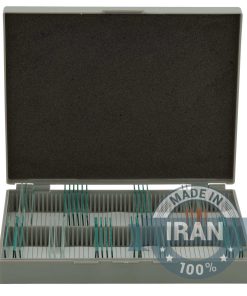
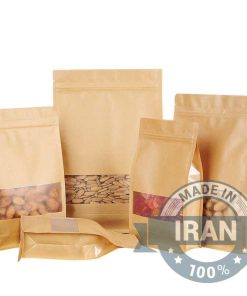


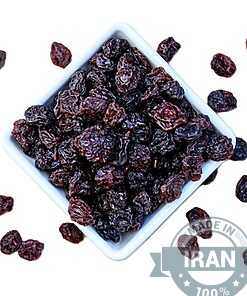
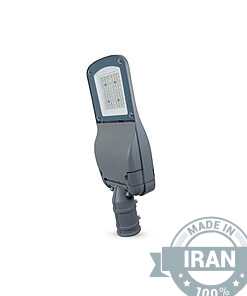
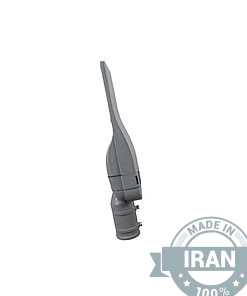

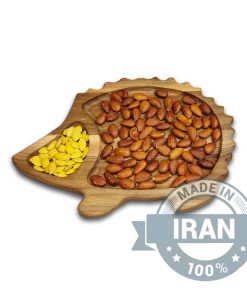

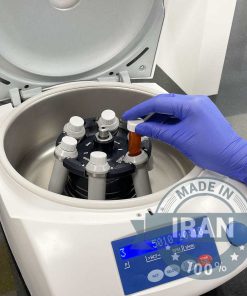


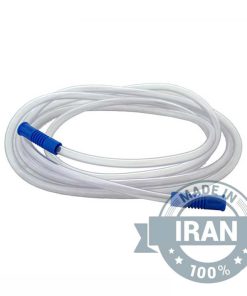
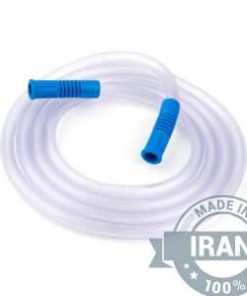
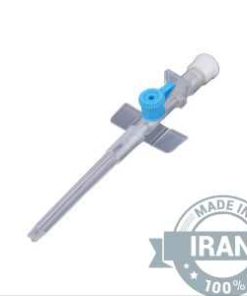
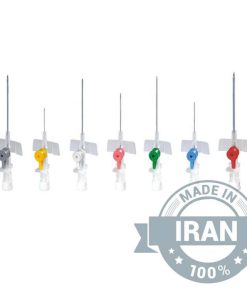
Reviews
There are no reviews yet.